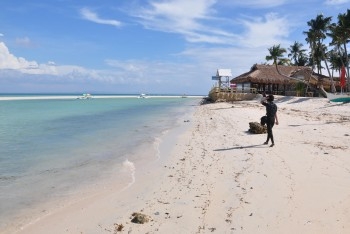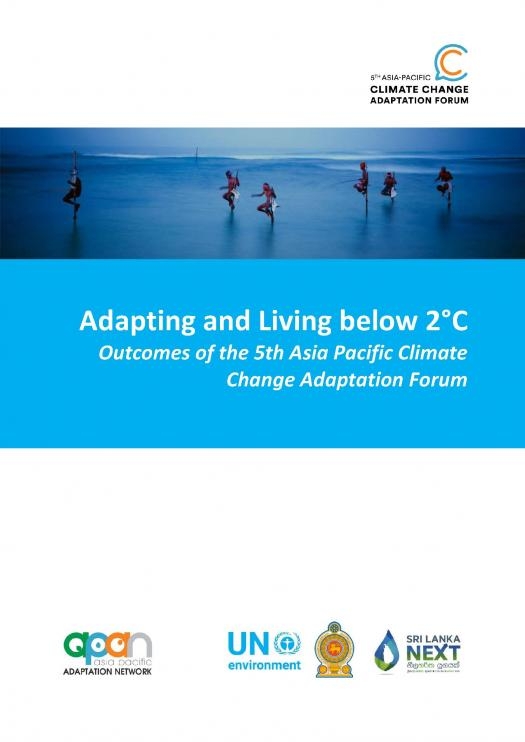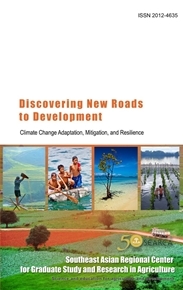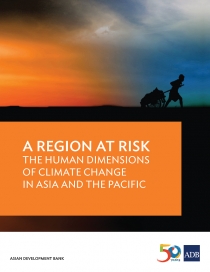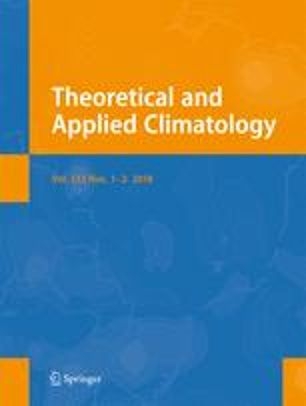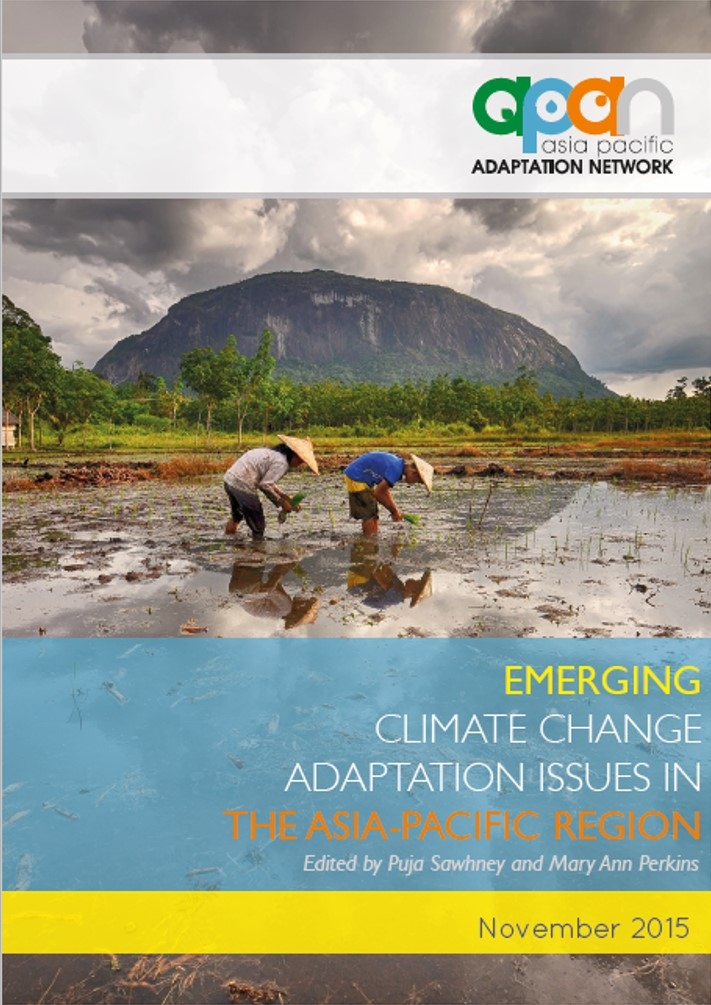Publications
This contains experience notes, adaptation notes, policy briefs, policy papers, technical reports, stories on good practices, and other publications related to climate change adaptation and mitigation in Southeast Asia not just from SEARCA, but also from KC3's partners and other agencies/institutions.
There are few studies in the Philippines that analyze poverty dynamics and studies that analyze the effects of weather variability on food poverty dynamics are even fewer. Given that there are some sectors that are more adversely affected by the changing weather patterns, a study analyzing the effects of weather variability on poverty is essential. Using a simple spells approach to understand the food poverty dynamics in the Philippines, this paper finds that deviation of rainfall from its normal values…
Highlights The farming households’ adaptive capacity level to flooding is generally moderate. The low adaptive capacity level of farming households is mainly caused by low level of information resources, financial resources, and livelihood diversity. The decision to practice adaptation and the number of adaptation practices used are not associated with the adaptive capacity level. Improving the livelihood diversity and physical resources of farming households in Mabitac, Philippines will significantly contribute to an increased adaptive capacity level
Highlights Several promising revenue mechanisms in the tourism industry of SIDS exist that can be tapped to fund the industry’s CCA. Private adaptation financing initiatives presumed to be cost-effective and feasible for the tourism industry include investing in water efficiency and pooling resources in a targeted fund, which are then allocated by need. The biggest barriers to engage the tourism industry in SIDS to fund its own CCA are the government’s assumed economic dependency on tourism, consumer expectations and demands,…
“Adapting and Living below 2o C: bridging gaps in policies and practices” call for harnessing more local involvement in integrated adaptation planning, providing access to relevant sources of financing and technologies, provisioning coherent capacity building, involving private sector, and tapping knowledge networks including the Asia Pacific Adaptation Network (APAN) for replicable adaptation measures and collective learning to support effective and inclusive adaptation planning and implementation. Over 900 participants including policymakers, scientists, donors, youth, and representatives from over 50 countries discussed…
Discovering New Roads to Development Volume 4: Climate Change Adaptation, Mitigation, and Resilience
For this particular volume, due attention is given to climate change adaptation, mitigation, and resiliency because of its negative effects on the agricultural sector. Under SEARCA’s Tenth Five-Year Plan focused on Inclusive and Sustainable Agricultural and Rural Development (ISARD), climate change is flagged as a priority concern as it hinders the sector’s ability to provide food for a growing population that continues to struggle with poverty and hunger. Contents: Vulnerability Assessment of Rice Farming Provinces to Climate Change in the…
Recent regional climate change projections have consequences for human systems, particularly for developing countries in Asia and the Pacific. Asia and the Pacific continues to be exposed to climate change impacts. Home to the majority of the world’s poor, the population of the region is particularly vulnerable to those impacts. Unabated warming could largely diminish previous achievements of economic development and improvements, putting the future of the region at risk. The report discusses the most recent projections pertaining to climate change and climate change…
Abstract Here, we review the impacts of recent natural disasters in developing countries on rural agriculture and livelihoods with the objective of understanding gaps and providing recommendations. Lessons from these disasters demonstrate that national governments, aid agencies, and international/non-governmental organizations (I/NGOs) are effective primarily at distributing short-term products (e.g. food packages and tarpaulin) to cities. Such products are inexpensive, simple to procure, and easily quantifiable for donors. Unfortunately, the literature suggests that many national governments and foreign NGOs are ineffective…
Climate is changing and evidence suggests that the impact of climate change would influence our everyday lives, including agriculture, built environment, energy management, food security, and water resources. Brunei Darussalam located within the heart of Borneo will be affected both in terms of precipitation and temperature. Therefore, it is crucial to comprehend and assess how important climate indicators like temperature and precipitation are expected to vary in the future in order to minimize its impact. This study assesses the application…
Climate change is a major global concern that greatly affects people, including their source of living. In 2010, the Asian Development Bank reported that Vietnam is one of the five countries most severely affected by climate change. About 70 percent of the country's total population lives along coastal areas and in islands. This study aimed to (1) evaluate the impacts of climate change on aquaculture in Phu Vang district (Thua Thien Hue province, Vietnam), and (2) develop a climate change adaptation model for aquaculture. Data on impact…
This report aims to fill a need for the latest thinking on climate change adaptation (CCA) in the Asia-Pacific region, thus the members of the Asia Pacific Adaptation Network (APAN)* produced this report titled Emerging Climate Change Adaptation Issues in the Asia-Pacific Region to address pertinent and relevant issues in the region and sub-regions. This report aims to raising awareness and building the capacity of policymakers to deal with CCA.



